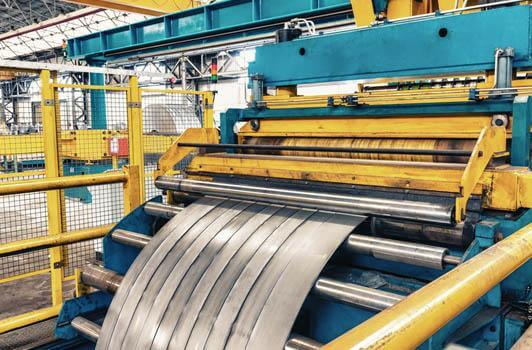Machine learning fundamentals: A step-by-step essential guide to machine learning for executives

In recent years, Artificial Intelligence (AI), which includes Machine Learning (ML), has been a buzzword. It is estimated that, in 2016, tech companies have invested $12B in developing AI and 60% of those investments were ML.
Often a busy executive would wonder - What does ML and all its hype mean for my business? ML algorithms enable a computer (or other devices) to learn from its environment, to be more precise – from data. For instance, in manufacturing plants, ML algorithms are able to spot potential problems based on data they receive during the manufacturing process.
In order to implement Machine Learning (ML) technology to their business, one needs to know basics of ML from an executive’s point of view. This is a step-by-step essential guide to “ML” for business executives. Let’s look at four ‘W’s – What is ML, when did ML start, why use it, and who uses ML. Then we will look at a step-by-step guide to start using ML.
Machine Learning for Executives – four ‘W’s – What? When? Why? Who?
Some believe that machine learning is a “new fad”. In fact, some of the early ML algorithms were written in 1952 – where programmers wanted to train computers to play checkers. In the 1990s, ML advanced from knowledge-based approach to data-driven approach and now computers were able to “learn” from the data.
Let’s see benefits ML brings at enterprise and at a global level. ML enables executives to make timely decisions that are cost-effective. For enterprises, based on data, ML helps in achieving two main goals: pattern recognition and prediction of events. For instance, in the steel industry, the companies are able to foretell the quality of final product. Assuming standard processes are followed for every input mixture of materials, ML predicts the parameters of the final product in advance. At a global level, ML makes businesses efficient by optimum utilization of available resources (e.g., less natural resources, fewer waste products, more output) and hence is beneficial to the environment too. It’s not yet too late to start using ML algorithms.
Are there any businesses that are using ML now? Traditional business intelligence has serious limitations such as lack of insight about customers or their behaviors. To overcome those limitations, businesses are employing ML. Not just tech giants like Google or Baidu, but also smaller companies that have a vision for expanding their business opt for ML technology.

Here’s a step-by-step guide to adopt ML in your business:
Overview of the current data: A check for what kind of data and logs are available or the business can have in the near future.
Define business goals: ML has potential to meet challenges faced by various departments such as sales, operations, or even research. To sort through the possibilities, initially consulting services might be of use. Often after the first successful implementation ML and gaining real cost saving within one process route, the company develops dozens of new business goals and ideas of implementing ML.
Define metrics: Deciding ML efficiency measurement metrics is the next essential step. The metrics can include various factors such as time, costs, number of customers etc. Metrics are included into the model and if wrong (inaccurate) metrics are defined then the model will simply not work.
Prepare data: Data obtained from manufacturing plants is not usable as is. e.g. a broken sensor for returns a constant value of 500°C temperature, or doesn’t return anything. Hence, data cleansing or preparing data is a crucial step. Issues such as missing values, incorrect values, constants, and duplicates need to be resolved prior to using the data.
Build a model: This step requires advanced training and expertise in computation so that the built model fits the data. Based on the complexity of the model, it can be an iterative process.
Train the model: In this step, the model is provided with data and algorithms identify patterns hidden in the dataset.
Test the model: The next important step is to test the model using current data sets.
Tweak: After training and testing the model, it may be necessary to tweak it to accurately process the data. So one needs to check and either start again from defining metrics or rebuilding models or reprocessing data or if lucky, move to the next step.
Deploy the model: Now the model needs to be situated on the machines that would actually execute the code.
Integrate with existing systems: The model is now able to send and receive data from the existing systems.
Service the model: Retrain model in order to keep it up to date, because the reality is changing during the time, so the model also needs to change.
After first success, executives discover dozens of new goals and ideas of implementing ML
To include ML algorithms at your organization, there are two possible paths – either build an internal data science team within the organization or hire a data science service company such as Bitrefine. The companies, such as Bitrefine, identify the areas where ML can bring improvement and then develop ML algorithms tailored to those needs. This approach is swift as compared to building your own team and also cost-efficient. Some companies that have their own internal data science team also collaborate with an external company to expedite ML development projects.
ML algorithms are not a future technology, it’s about today. ML technology gathers valuable insights regarding the customer base and also a great number of diverse business processes. Furthermore, ML offers solutions that help businesses to serve their customers in a better and faster manner. Business leaders with a vision to improve performance are ready to embrace ML technology.

September 22, 2017 by Aditi Joshi